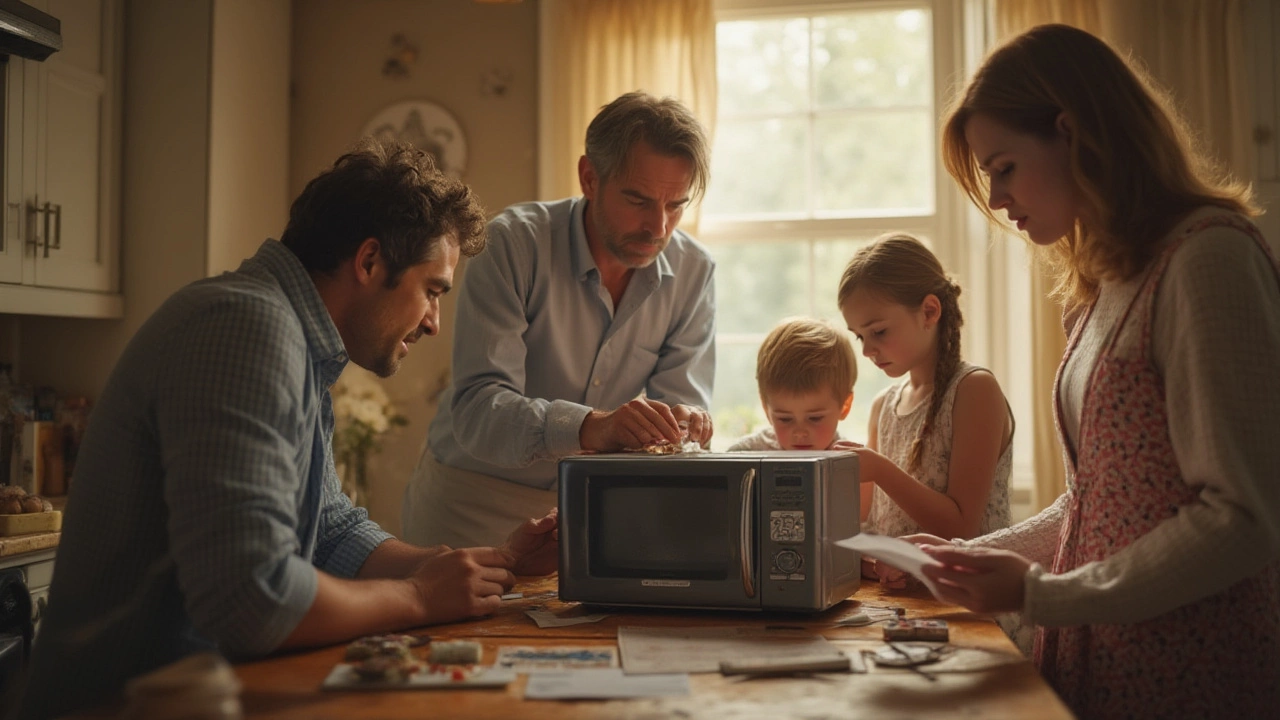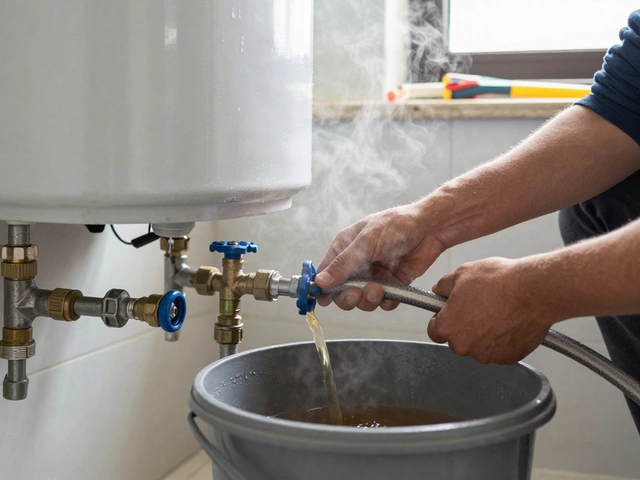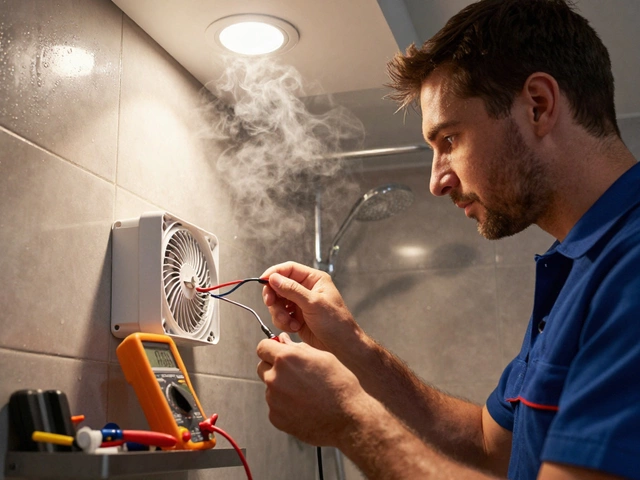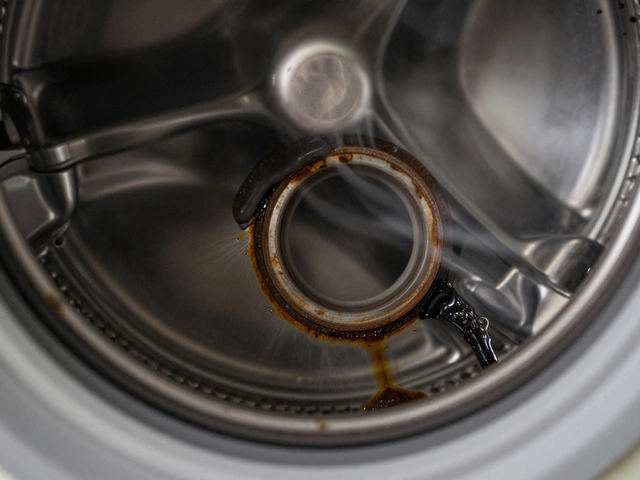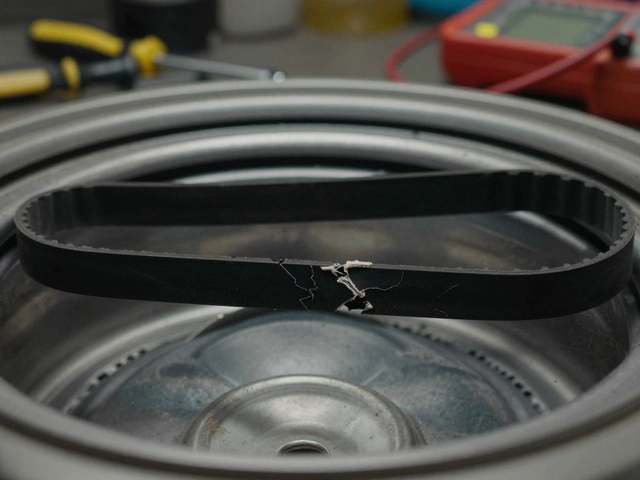Microwave Not Heating? Quick Fixes & When to Call a Pro
If your microwave hums but never gets hot, it’s frustrating. The good news is many heating problems are simple to spot and fix. Below we walk through the most common reasons a microwave stops heating and give you a step‑by‑step checklist you can try at home. If the fixes don’t work, we’ll tell you when it’s time to call the experts at Hinckley Home Appliance Repair.
Common Reasons Your Microwave Won’t Heat
Faulty door latch. The microwave won’t start the magnetron (the part that creates heat) if the door isn’t sealed properly. Over time the latch can wear out or the safety switches can fail.
Blown fuse or tripped circuit breaker. Microwaves draw a lot of power. A blown fuse inside the unit or a breaker that keeps tripping will stop the heating function while the display may still work.
Magnetron failure. The magnetron is the heart of the microwave. When it burns out, the appliance can run but won’t get hot. Magnetron issues are the most common reason you need a professional.
High‑voltage diode gone bad. This diode converts the transformer’s output so the magnetron gets the right voltage. A dead diode lets the microwave run, but the magnetron never heats.
Capacitor problems. The high‑voltage capacitor stores energy for the magnetron. If it leaks or bursts, the microwave may turn on but stay cold.
Step‑by‑Step DIY Checks
Before you grab the phone, try these quick checks. Always unplug the microwave first – safety first.
1. Test the door latch. Open and close the door a few times. Listen for a click and feel the latch engage. If the door seems loose or the click is missing, the latch or safety switch likely needs replacement.
2. Examine the fuse. Remove the outer cover (usually four screws). Locate the fuse – it looks like a tiny glass tube. If the metal filament inside is broken, swap it for a same‑rating fuse.
3. Reset the circuit. Find your home’s breaker box and reset any tripped breaker labeled “Kitchen” or “Microwave.” If it trips again, there’s a larger electrical issue – call an electrician.
4. Look for obvious burning or smells. A burnt smell or black marks near the magnetron area suggest a component failure. Don’t keep using it; you’ll cause more damage.
5. Run a simple water test. After re‑assembling, place a cup of water inside and set the microwave to 1 minute. If the water stays cold, the heating circuit is still broken.
If any of these steps point to a broken part, or if you’re not comfortable opening the unit, it’s time to call a pro. Trying to replace a magnetron or capacitor yourself can be dangerous because of high voltage stored even after unplugging.
At Hinckley Home Appliance Repair we specialize in microwave diagnostics and repairs. Our technicians can safely test the magnetron, diode, and capacitor, and we carry common replacement parts for quick service. We’ll give you a clear price before any work starts, so there are no surprises.
Remember, a microwave that won’t heat isn’t worth forcing through endless DIY attempts. A quick safety check can save you time, but when the core components fail, professional help is the fastest way to get your kitchen back in shape.
Got a microwave that’s acting up? Follow the checklist above, and if the problem persists, give Hinckley Home Appliance Repair a call. We’re just a phone call away and ready to make your microwave work again.
25 July 2025
·
0 Comments
Does your microwave hum, spark, or fail to heat? Learn common symptoms of a bad magnetron and expert tips for diagnosis, plus when to call for repair.
Read more

